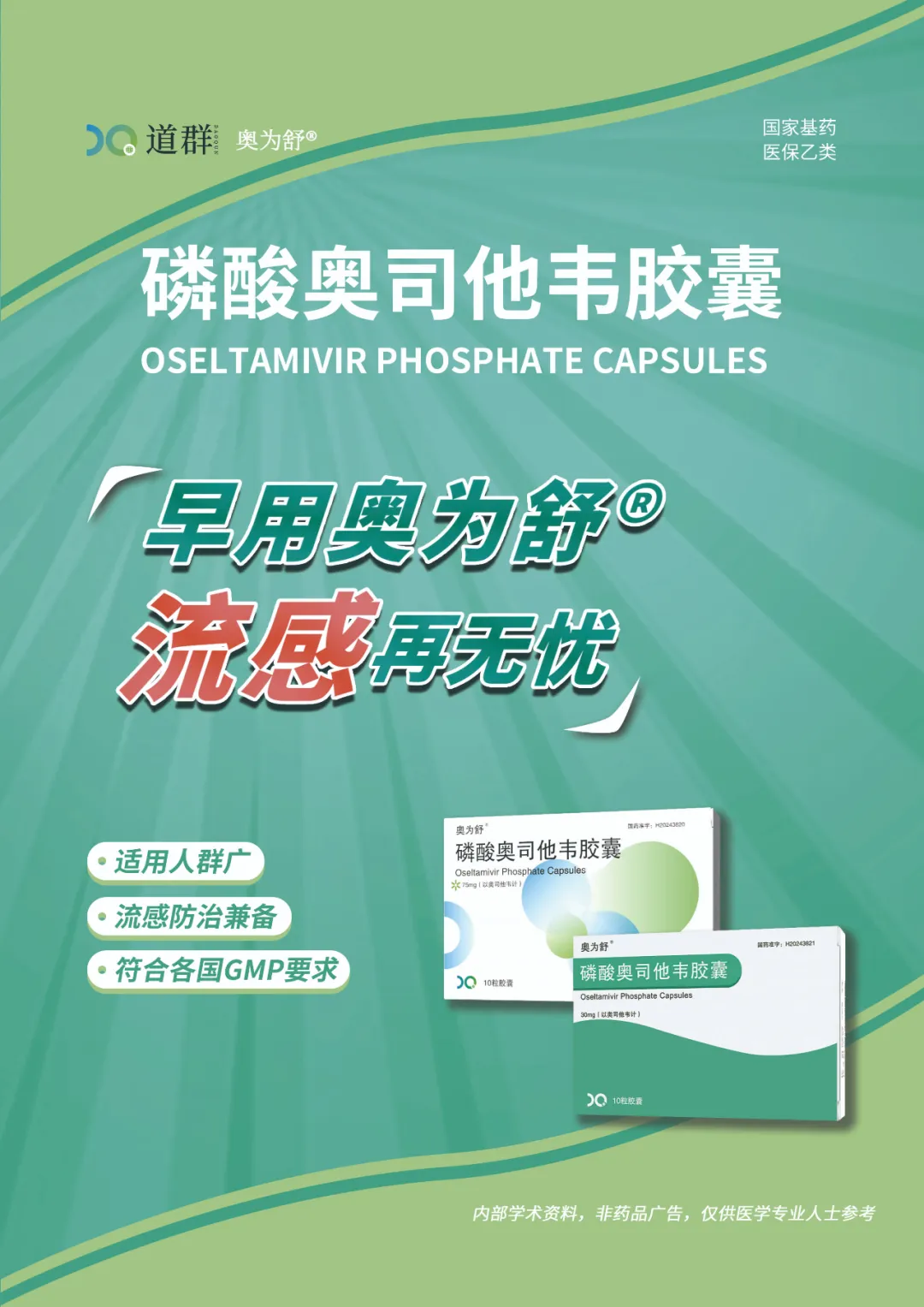As seasons change, influenza season arrives once again. Public areas like schools, subways, and office buildings become hotspots for virus transmission, with children and adolescents in classrooms being high-risk groups.
The American Academy of Pediatrics (AAP) recently updated its 2024-2025 Guidelines for Prevention and Control of Influenza in Children, emphasizing antiviral drugs as critical adjunctive therapies for pediatric influenza and recommending oseltamivir as the first-line antiviral for both influenza A and B.
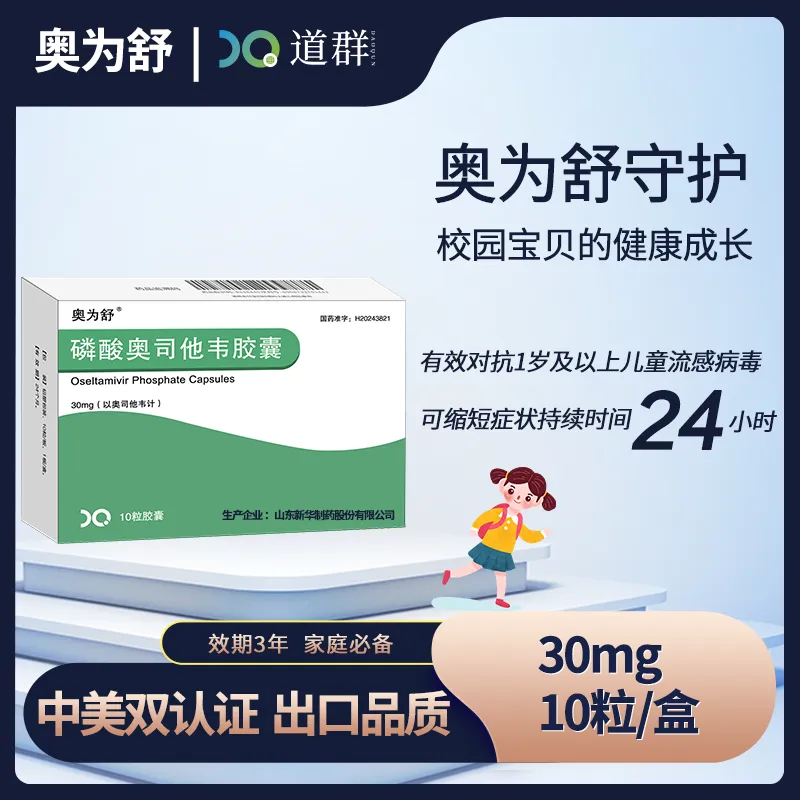
**Why Are Children High-Risk for Influenza?**
Influenza, caused primarily by influenza viruses A and B, spreads through respiratory droplets and is a globally prevalent disease. According to the CDC, the 2023-2024 flu season saw moderate-to-high severity in children, with elevated outpatient visits, hospitalizations, and fatalities. Untreated pediatric influenza can lead to multisystem dysfunction, respiratory failure, or even death, underscoring the urgency of early antiviral intervention.
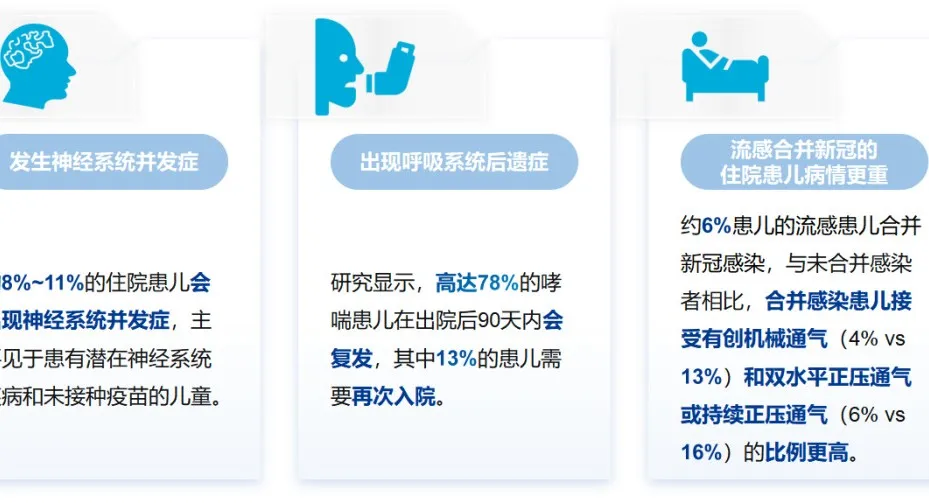
Current Antiviral Landscape for Pediatric Influenza
Antiviral drugs are vital for children aged ≥3 months, alongside vaccination. Oseltamivir dominates global influenza antiviral use (IQVIA data: >90% market share over four consecutive years).
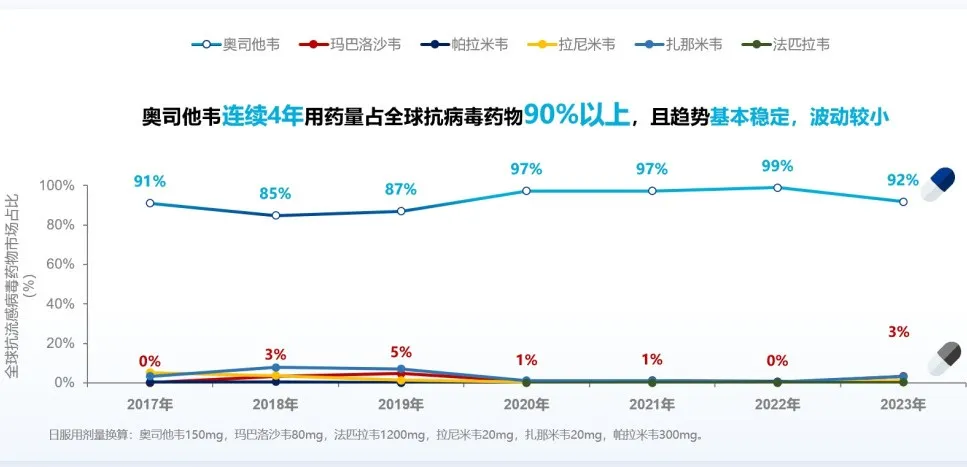
**Why Is Oseltamivir Considered the "Miracle Drug"?**
1. Proven Efficacy
· A meta-analysis showed oseltamivir shortens illness duration by 17.6 hours (95% CI: -34.7 to -0.62) and reduces the risk of otitis media by 34%.
· A multicenter study revealed increasing oseltamivir use in hospitalized influenza children, reflecting its status as clinicians’ go-to treatment.
2. Safety Profile
· Chinese research demonstrated superior recovery rates and shorter median hospital stays for oseltamivir versus paramivir.
· While oseltamivir and baloxavir marboxil relieved symptoms similarly, post hoc analysis found 50% of young children (under 6) experienced relapse after baloxavir, with 54.5% showing symptom recurrence by day 4.
3. Low Long-Term Resistance
· Despite influenza’s genetic variability, oseltamivir resistance remains low. A large 8-year surveillance study (139,800 samples) reported an overall resistance rate of **0.68%** (944 cases), with clinical efficacy unaffected.
How to Use Oseltamivir Correctly
1. Timing of Administration
· Treatment: Start within 48 hours of symptom onset (ideally 36 hours) for influenza A/B in children ≥1 year and adults. Even severe cases >48 hours may benefit.
· Prevention: Begin within 2 days of exposure to an infected person.
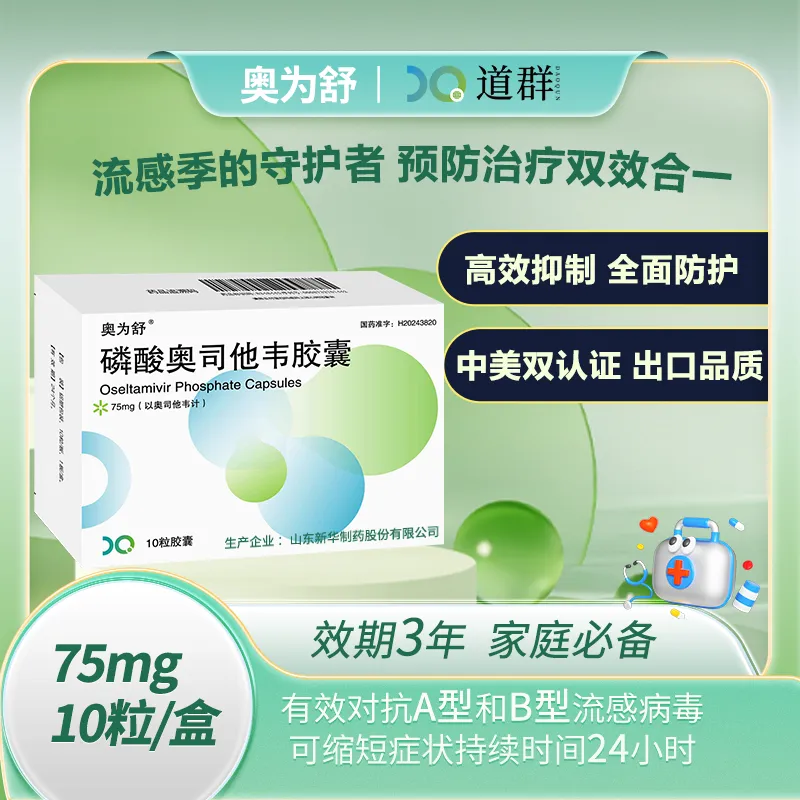
2. Dosage Guidelines
· Adults/Teens (≥13 years): 75mg twice daily for 5 days.
· Children (≥1 year): Weight-based dosing (see table below).
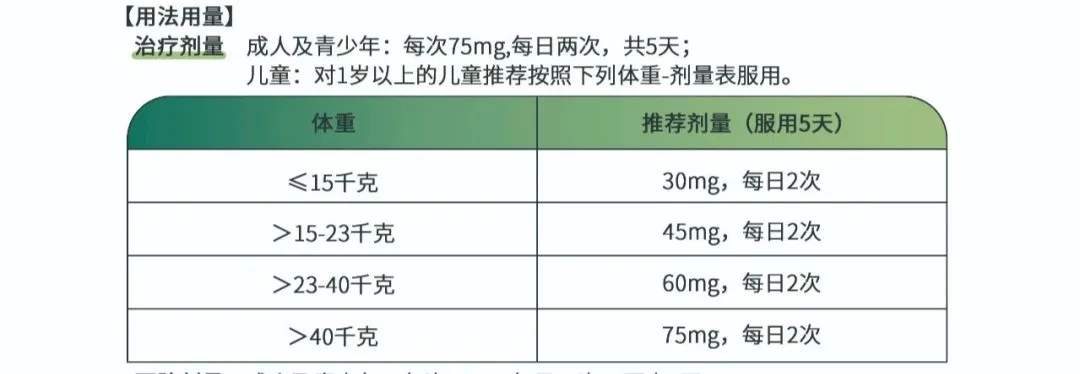
· Prophylaxis: Adults take 75mg daily for ≥10 days; children follow doctor's orders.
3. Special Populations
· Pregnancy/Breastfeeding: Category C in pregnancy; breastfeeding requires risk-benefit assessment.
· Vaccine Interactions: Avoid live attenuated flu vaccines within 2 weeks before/48 hours after oseltamivir.
4. Adverse Effects
· Common: Nausea, vomiting, headache, diarrhea. Severe reactions require immediate medical attention.
Key Takeaways
Oseltamivir is the first-line antiviral for influenza, proven to shorten illness duration, reduce complications, and maintain low resistance rates. It is the only recommended drug for hospitalized children.
During flu season, families are advised to stock oseltamivir capsules (e.g., Aowei Shu Oseltamivir) for both prevention and treatment. Early use ensures resilience against influenza, offering reassurance through this challenging season.
Early administration of Aowei Shu—Influenza becomes no worry!
